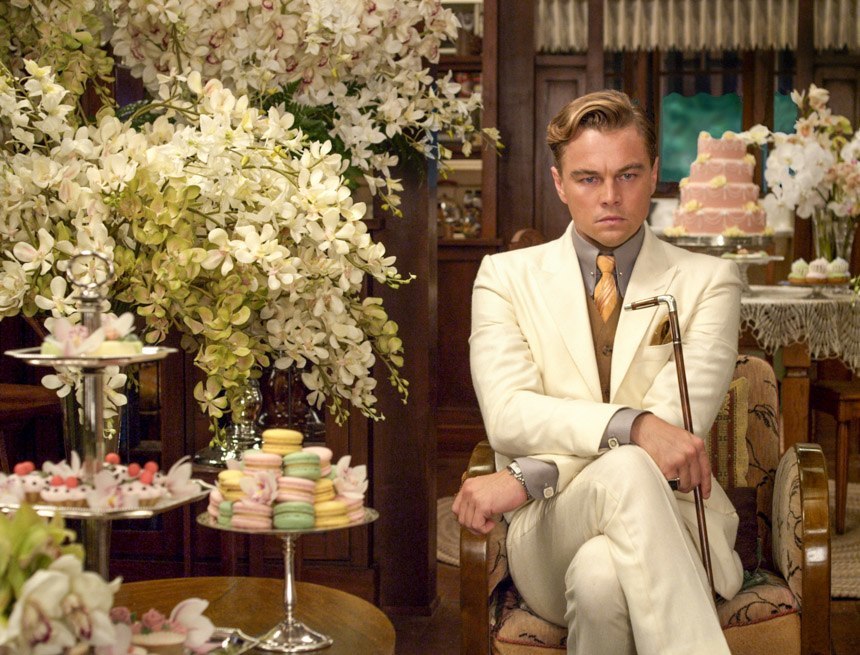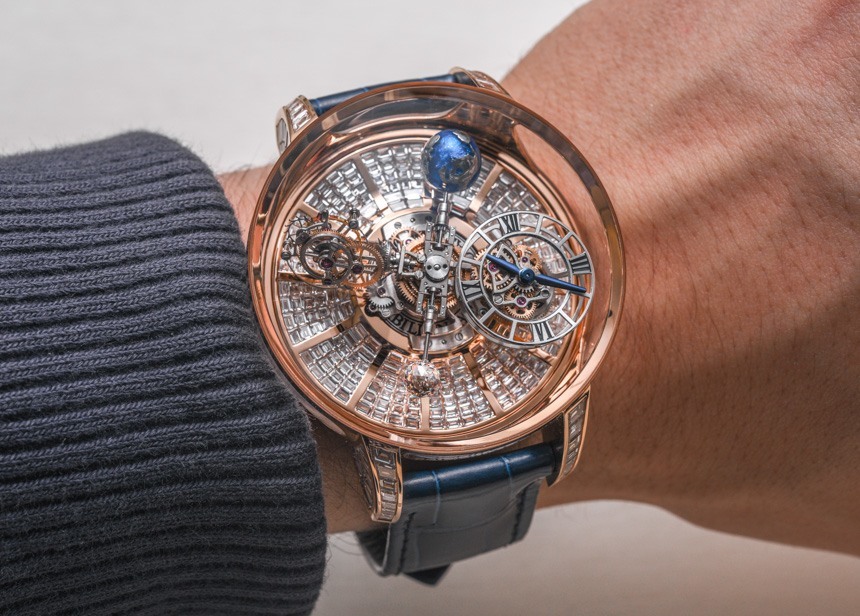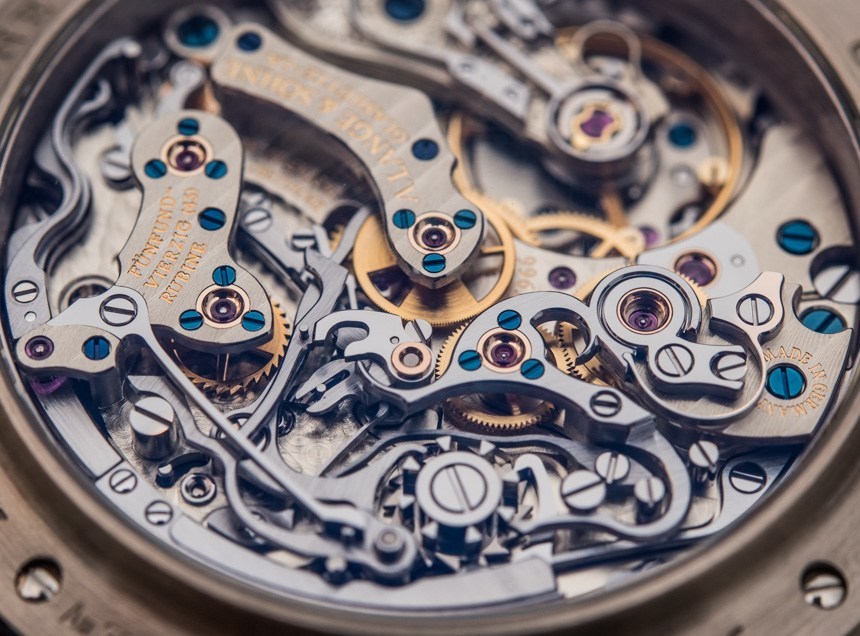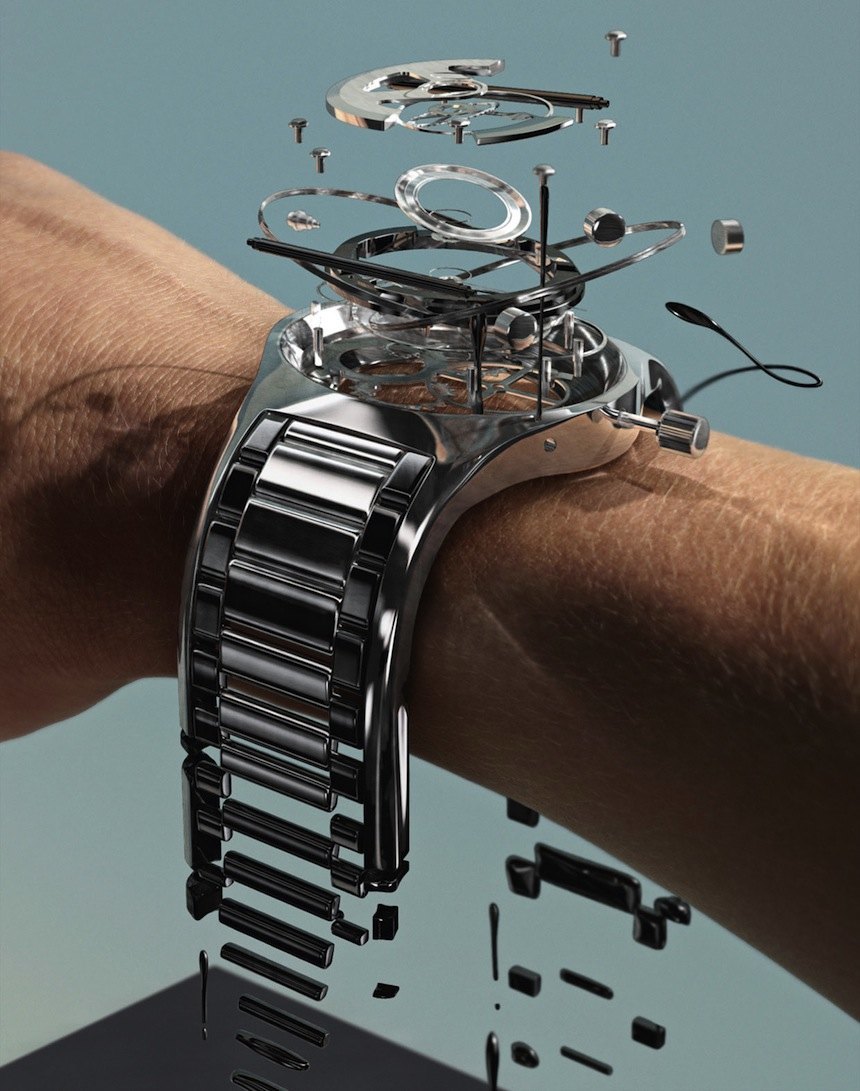
For years now, I’ve experienced a general dissatisfaction among many people who consider themselves watch lovers when it comes to the subject of mass marketing and advertising for the watch brands they love. There has always seemed to be a major disconnect between the mentality of those people buying luxury watches and those people responsible for marketing said watches. Of course, this doesn’t happen all the time, but as a general rule, luxury watch brand advertising does not seem to really attract the most serious enthusiasts who do things like regularly read about new watch releases and take the time to converse and meet with like-minded individuals. In this article, I’d like to spend some time discussing the issue and where I believe the problem may lay.
It begins with a term called “lifestyle.” This term is used probably far too often in the world of marketing today, and I think when people say it, they refer to a marketing philosophy that emphasizes what people who use products might ideally be like, versus marketing the particular benefits or qualities of a product. That sounds innocent enough, but each time I hear the term “lifestyle” it makes me uncomfortable, as though the term is tainted with a tinge of deception and misinformation. I think the reality is that sometimes “lifestyle” is utterly soaked with deception and misinformation.

What is lifestyle, exactly, in the context of marketing? The definition of the term itself is almost a tautology with many sources generally indicating (in a distilled manner) that “lifestyle is the style in which a particular person lives.” But that is in a very simple and colloquial sense. Lifestyle
as a term originated in the context of the study of sociology in the 19th century, but later, in the mid 20th century, it became much more associated with media and marketing. It became tied to the “culture industry,” where media sought to not only create culture, but also to package it.

Lifestyle became the practice of identifying a particular class of people who had something enviable about them – and breaking down their interests, opinions, way of life, fashion, and attitudes into various components. Breaking down these elements gave consumers a way to “enter” that lifestyle they found appealing by being able to mimic the choices of others who already have that lifestyle. Of course, if this sounds highly artificial, it is. The packaging of lifestyle isn’t usually about helping people find new things to be interested in, but it is often packaged as a means of helping people to seek an ultimate goal – which is often about appearing more active, healthy, successful, or attractive, than one “normally” is.
A modern example of lifestyle marketing is the “active lifestyle.” If you live in a place where a lot of people participate in this lifestyle, you’ll know what I mean. The most common manifestation of this is where individuals seek to benefit from the lifestyle of being active by dressing in clothes designed for exercise and often not actually exercising. The idea is that this will make them seem more physically fit and perhaps attractive to others. To outsiders, this seems silly, and it is. If you are going to actually exercise and live in a healthy manner, then your physical shape will reflect that fact and regularly wearing gym clothing will neither assist you in that pursuit nor will it actually add to your attraction level. Despite that, active lifestyle marketers promote a range of services and products to help make you feel as though you have an active lifestyle without necessarily actually having one.
Of course, this is what 20th century marketing was all about right? Don’t waste your time trying to convince people to buy a product on its merits – it might not even be the best one around. Rather, focus on the illusion of how people are going to feel, look, and be perceived if they purchase your service or product. So how does this all tie back to watches? I’ll tell you.

In Asia, there is a concept called “face.” I am not a cultural expert on this concept, so apologies in advance if I am not fully explaining it. I do, however, know that those people who value face are inherently concerned about showing others, through their possessions and style, that they are wealthy and successful. Face is an interesting natural social phenomenon which can be argued helps make particular populations much more receptive to lifestyle marketing. Why? Because people concerned with face are more likely to focus on adorning themselves with items that communicate status versus calmly enjoying what status they have earned for themselves.

While the term “face” isn’t used to describe the same concept outside of Asia (in my experience), really the same thing happens in lifestyle marketing, and it happens in the context of watches all the time. Watches are too often marketed with a focus on “who wears our brand,” and “what types of things do owners of our watches do with them on their wrist.” For this purpose, you have pictures of stylish people in formal attire or even celebrities wearing luxury watches. The idea is, “want to be more like them? Wear this product.”
Of course, the truth is that even if perception is 50% of reality, wearing most watches will not fundamentally change who you are – and savvy consumers know this. The bulk of watch advertising around the world focuses on the very simple formula of, “want to be like X, wear Y.” This is totally apart from any actual message on why a particular product is interesting, useful, or noteworthy.
Luxury prices are also associated with lifestyle marketing. “Only people in a particular class are even able to afford this product.” Such messaging through pricing is another way of adding lifestyle marketing to the high-end watch industry. What happens is that rather than a brand pricing a timepiece as a function of its overall production cost, quality, and competitive value, the pricing reflects who a brand “hopes” should be wearing their products. Here, there is a firm disconnect between the qualitative nature of pricing, and the lifestyle-creating aspect of pricing.
Allow me to put the concept of lifestyle marketing in another way. Lifestyle marketing is about creating an idealized image and then offering people a way of “becoming more like that image” by purchasing a particular product or service. The emphasis is on how much the consumer wants to enjoy something that idealized image has, and in order to capture that, they are instructed to simply copy it. Thus, lifestyle marketing is about the perception that we gain attributes through mimicry – which is often not at all true, and to truly become an “authentic” member of a particular lifestyle, a lot more work or steps need to be taken.

In mid-19th century Japan, during the Meiji period, the country experienced a huge cultural shift. Japan was finally ending its feudal era system and was interested in enjoying much of the economic prosperity it observed from the West in Europe. A lot of interesting things happened during this period, but one notable example related to this discussion sticks out. Many influential Japanese politicians, thinkers, and even the emperor suggested that a very important way to enjoy the economics of the West was to simply dress and live like them. This was an early version of lifestyle marketing. Many Japanese people were encouraged to dress like Europeans so that Japan would be more like Europe. For this reason, so many elements of Western culture to this day are an integral part of Japanese culture. So was it dressing like Westerners that helped Japan grow economically, or was it the actual efforts of their own people?
I want to suggest a term which I think is a synonym for how I often use “lifestyle,” and that term is “poser.” While “lifestyle” is not generally considered a negative term, calling someone a “poser” is. Posers act like people they aren’t in order to relate to a group of people they don’t actually belong in. Posers are people who are unsuccessful at adopting a lifestyle that is not what they feel comfortable with. Posers are what people want to avoid being, but the reality is that most lifestyle marketing is very much encouraging people to become posers.

So why is all this wrong for watch enthusiasts? I’ve found that people who spend a lot of time and money feeding their interest in watches do so for very technical reasons related to a timepiece’s history, design, functionality, or inherent quality and artistry. They don’t do so in order to be like someone else, or to enable others to think something about them which is associated with a different group. Watch lovers are hungry for information about watches that will help them make personal decisions about what watch to buy. They make these decisions as a function of their own lifestyle and interests versus the lifestyle and interests of others. This helps explain why many watch lovers are seriously disinterested (or even annoyed) with things like celebrity ambassadors, and when a watch brand promotes their involvement with something related to fashion.

